Get posts by email
Recommendations for the beginner herbalist
May 4, 2009
Let me start off with my basic health premise: food is medicine.
From our family's experience and research we've done we believe that if you want to treat ingestion, cholesterol, fatigue, common cold and flu, arthritis, allergies, eczema, high blood pressure (and every other "condition") you start by eating a nutritionally excellent plant-based diet and exercising. So this is not a post about what tea to drink to help you lose weight (give me a break, those claims drive me crazy).
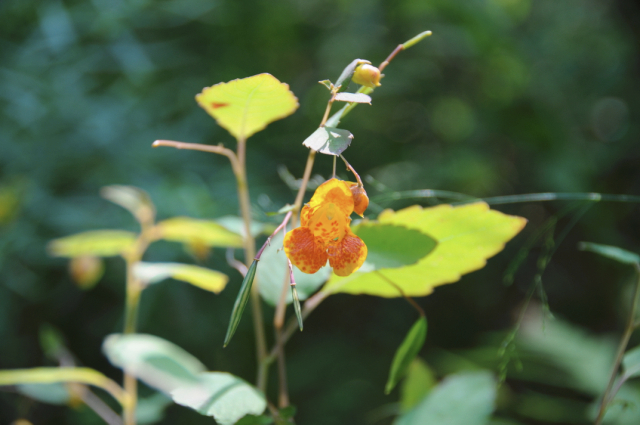
August Jewelweed
But even diet and exercise can't take away the sting of a bee or the ache of bruise (although a good diet will help you heal faster). And that's where my herbal knowledge* comes in to help care for my family's health. Bug bites, cuts, scrapes, bleeding from minor skin wounds - those I know how to treat with topical preparations and I'd like to share a few of my favorite resources with you.
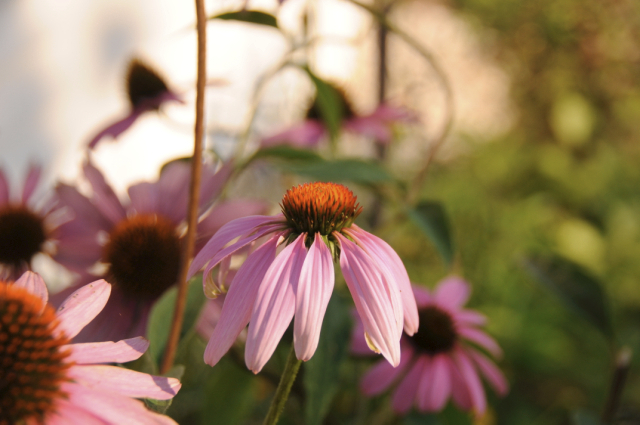
September Echinacea
Resources
- Making Herbs Simple DVD Set - A great place to start. Learn how to identify herbs, what they are good for and how to make teas, tinctures, poultices, salves, and more in this engaging, educational (and beautiful) DVD series.
- The Herb Quarterly print magazine - A classic print publication. You might be able to find this at your local library. I especially recommend the Spring 2009 publication with an excellent section on topical treatments for summer scrapes, bites, rashes, burns & aches. I'm learning a lot and making notes for preparations I'll make this summer.
- Rosemary Gladstar's Herbal Recipes for Vibrant Health - This is the newest book to my collection and has easy to follow instructions and recipes. It's less technical than Practical Herbalism (see below) and more hands-on. This is great resource not only for tinctures and salves but lotion and other body care also. It has a comprehensive section on herbs for babies that would no doubt be useful to families with young children.
- Practical Herbalism - There may be other books out there now that are more recommended than this one. I find Practical Herbalism to be very thorough (but a bit overwhelming for the beginner) with interesting historical notes, growing instructions and dosage information. This book was my go to resource before I bought Rosemary's book.
Three plants (& a weed) for your garden
As you are planning and planting your garden this time of year I want to recommend a few of my favorite skin care herbs to grow.
Yarrow
Achillea millefolium: You can wildcraft this plant but it's so easy and beautiful to grow yourself. I use it to make skin healing oil and salves. As an added bonus, it attracts butterflies and just looks great all season long in the garden.
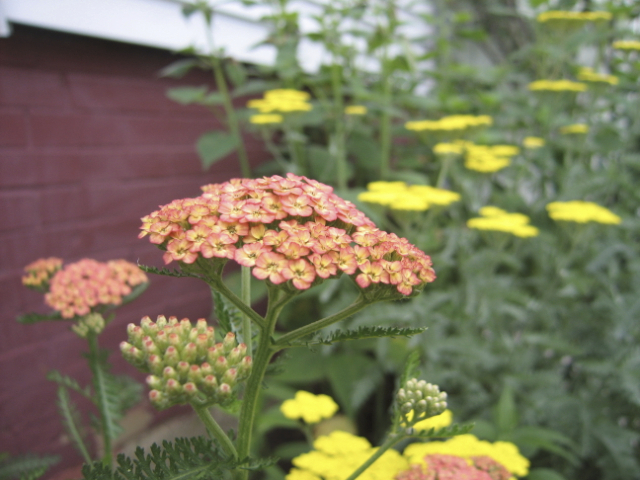
June Yarrow
Comfrey
Symphytum officinale: One of my favorite backyard herbs. Not as beautiful as some but extremely useful for treating wounds. Last year around this time I wrote a post on how to prepare a comfrey poultice.
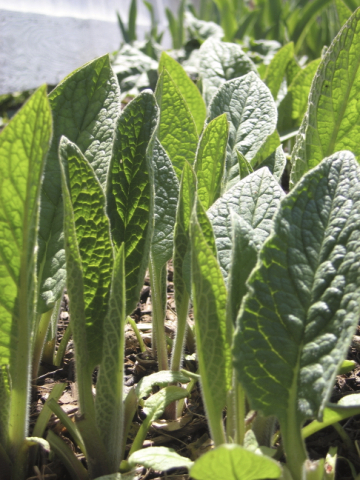
May Comfrey
Calendula
Calendula officinalis: What is not to like about this beauty? Although it's an annual, it self seeds, blossoms all summer and into late fall, can be used in cooking as a saffron substitute and is one of the best herbs for treating local skin problems. See this post for more calendula love and recipes.
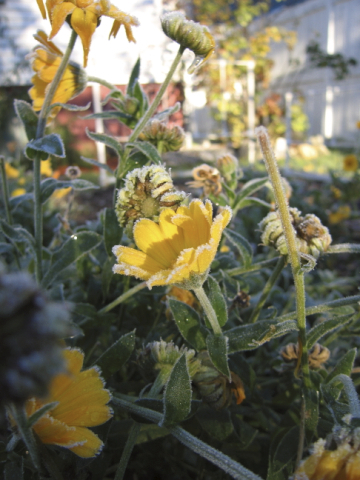
November Calendula
Plantain
Plantago lanceolata: This is a freebie because you won't need to plant it. You'll find it growing as a weed. The stuff covers our yard. It's the first herb I grab for any cut, scrape, sting or rash. It was the discovery of this lowly weed that got me interested in using herbs.
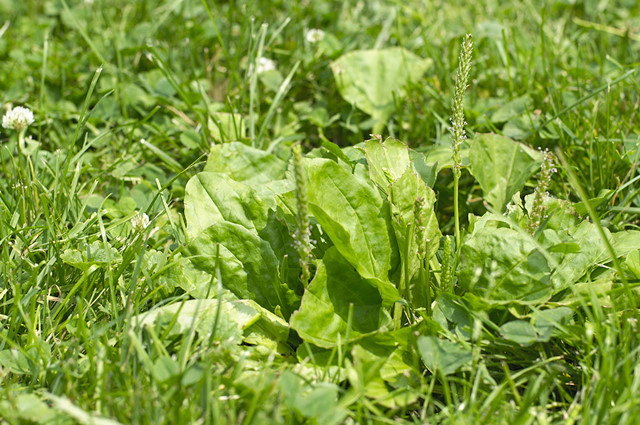
Backyard plantain
These resources and plants should get you started with what you need for basic topical treatments. Start growing a couple herbs now (or stop pulling those weeds from your lawn) and you'll be on your way to taking care of your family's summertime skin care.
What herbal preparations do you like to grow and use? Have any recipes you care to share? If you've posted recipes on your blog please leave a link!
Related Posts:
- Making an Herbal Salve
- Herbal Insect Bite Relief
Unable to grow your own herbs?
I recommend either Mountain Rose Herbs or the Bulk Herb Store. I am an affiliate for both.
*Disclaimer: I am not a certified anything, much less accredited herbalist. Consider yourselves warned - don't drink bad herbs - they could make you sick.
Resource Library
-

renee on May 4, 2009, 5:19 p.m.
Oh my! I just found out that another weed, a very prolific ground cover growing all over my yard and continually creeping into my flower and vegetable beds is a beneficial herb!
Ground Ivy (known by many other names) is a member of the mint family and is good for immune system tinctures and skin salves. I just read about it, while eating lunch, in The Herb Quarterly, Spring 2008 edition. Hum... I may have to write a follow up post on this.
Who knew my backyard weeds were so good!
-

nicola on May 4, 2009, 9:55 p.m.
thanks for this helpful starter! nicola http://whichname.blogspot.com
nicola's last blog post... color week: red
-

Dawna on May 6, 2009, 10:21 p.m.
I was hoping that I could just wait until mom or dad come to visit you and pay you to make all these wonderful herbal saviors. wink Lord knows I need them for my kids. rolleyes
-
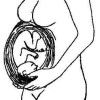
Naomi on May 8, 2009, 2:46 a.m.
I got a Comfrey plant from Jan Willson's garden last year. I used it to make ice packs for recovery from birth. They work awesome for any swelling. I let the leaves dry, made a tea out of it and poured the tea over cut maxi pads and then froze them. I have been wanting to try the comfrey for other purposes like cuts because I've heard that it works well, so thanks for posting this!
-

paul @ Arthritis Information on May 17, 2009, 3:53 a.m.
Excellent post. I couldn't agree more that "food is medicine." Keep up the good work.
-

Granola Girl on April 26, 2010, 10:04 p.m.
Eyebright (eye stuff) and Horehound (respiratory/sinus) have saved our household. Living with a teacher (especially to under-priviledged and often mistreated youth) means LOTS of germs. Before I had my own household, my mother taught kindergarten and brought it all home. Some of those kids are just disgusting! Teachers regardless of the age of students means colds, pink eye, and lice. We have luckily been spared the lice...(I say as I scratch my head).
Eyebright
Horehound
We get them at the bulk herbs store.
-

renee on April 26, 2010, 10:49 p.m.
Hey Granola Girl, have you tried growing these? Also, hope you don't mind I edited your comment to make hyper links to your blog posts.
Celine has eye infections, in her eyelash area from time to time. Looks like a pimple, coming to a head - to be disgustingly honest. I use a potato poultice and sometimes a tea bag. Works every time.
We don't get a lot of respiratory stuff but I've heard of horehound, mostly in lozenges I think.
-

Granola Girl on April 26, 2010, 11:43 p.m.
No worries on the editing. I didn't know if your comments supported links or not, so I didn't want to try it. Jules gets those eye things sometimes (you are right, they are disgusting if you are going to be honest) and we will have to try potatoes/tea bags.
As for growing, eyebright looks pretty and grows easily. Horehound can take over so I have heard and is honestly pretty darn ugly. So no horehound as Jules' main thing is pretty. Eyebright is coming either next year, or later this fall when we get the second herb bed in. I can let you know how it goes.
I'd love to hear about it if you decide to grow any :)
-
-
You can subscribe to comments on this article using this form.
If you have already commented on this article, you do not need to do this, as you were automatically subscribed.

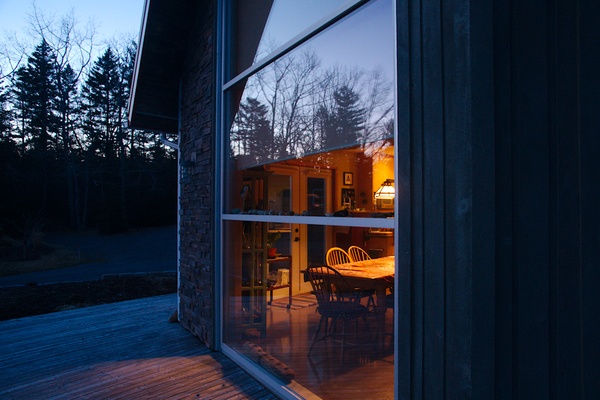
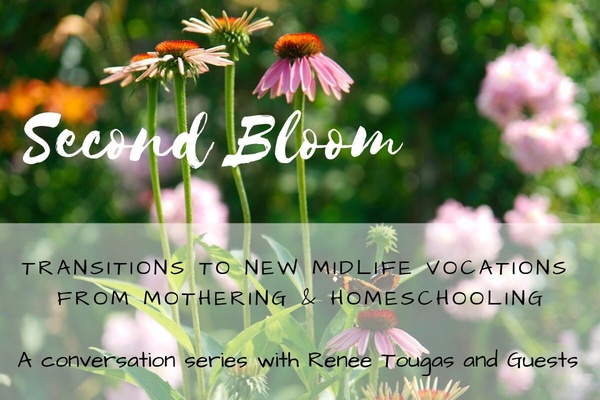
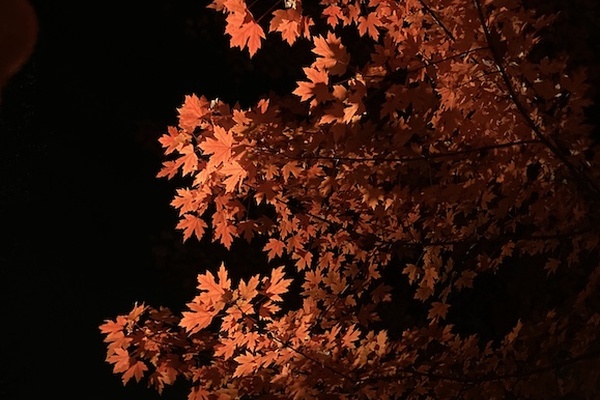
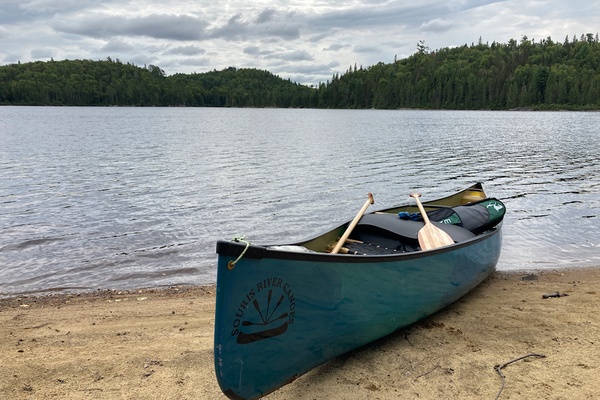
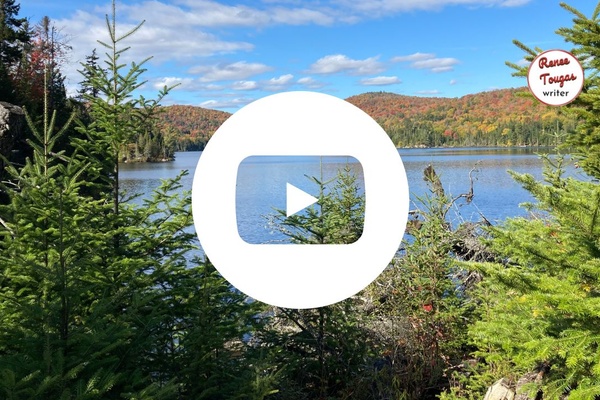

kirwin on May 4, 2009, 2:12 p.m.
Renee, you are AWESOME!!
Thank you so much for sharing all of this. As we "discussed", I would like to help relieve my son's eczema without the use of Cortizone. For some reason, I'm not too stoked on using steroids on my son. Hmmm...
As for the plants, we already have Yarrow. We also have what I call "Lamb's Ears." It looks very similar to the Comfrey... I'll check my sources before I go using it as a poultice.
Thank you so much, Renee. I am definitely going to follow up on all of your leads.